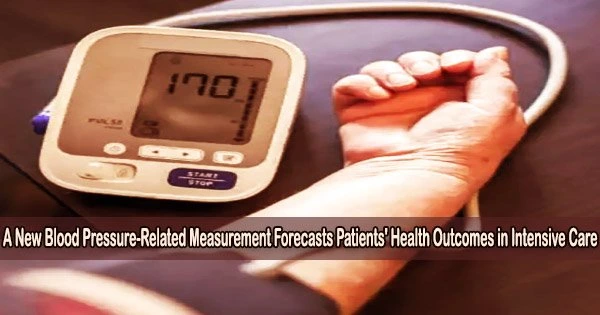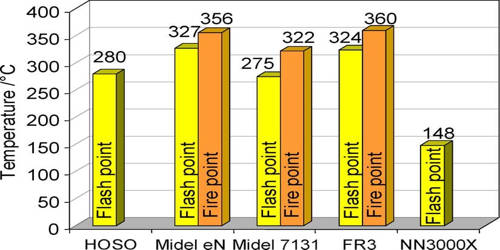Critically ill patients who experience circulatory shock, in which the heart is unable to adequately pump blood and oxygen to the body’s tissues due to heart failure, sepsis, or hemorrhage, need close observation and care. This is especially true when maintaining a healthy blood pressure in order to protect vital organs.
Blood pressure is the pressure exerted by the blood against the walls of the arteries as the heart pumps it around the body. It is an important measure of cardiovascular health and is typically expressed as two values: systolic pressure and diastolic pressure.
A team led by investigators at Massachusetts General Hospital (MGH) in collaboration with researchers at Massachusetts Institute of Technology (MIT) recently developed a method for monitoring such patients, which may help clinicians control their blood pressure and heart function to reduce the risk of death and other negative health outcomes. The method was tested and validated in a study published in Nature Medicine.
The effort involves developing a method to gauge the critical closing pressure, a characteristic of the circulatory system that refers to the blood pressure at which small blood capillaries collapse and blood flow ceases.
Critical closing pressure has not been able to be measured routinely in clinical care, although it can provide an indicator of blood vessel tone in response to disease and therapy.
When treating patients with circulatory shock, it is essential to maintain adequate blood pressure targets, yet standard goals are not personalized to individual patients. We have developed a new metric that can identify individuals with inadequate tissue perfusion who are at risk for adverse outcomes. We believe this method can be used to optimize treatment decisions for patients in the intensive care unit.
Aaron Aguirre
High resolution waveform data from blood pressure monitoring of 5,532 patients in the cardiac intensive care unit at MGH were used in the development of the new methodology. Researchers developed an analysis based on measured parameters (including arterial pressure, pulse pressure, and heart rate) to define the critical closing pressure.
They later discovered that a patient’s risk of dying, the length of their stay in the hospital, and their peak blood lactate level (a marker of tissue oxygenation), which is calculated as the difference between average arterial blood pressure and critical closing pressure, could all be predicted by their tissue perfusion pressure.
Blood pressure is measured using a device called a sphygmomanometer, commonly known as a blood pressure monitor. The reading is usually given as systolic over diastolic, like “120/80 mmHg.” Normal blood pressure is typically considered to be around 120/80 mmHg, but optimal ranges can vary depending on factors such as age, gender, and overall health.
“When treating patients with circulatory shock, it is essential to maintain adequate blood pressure targets, yet standard goals are not personalized to individual patients. We have developed a new metric that can identify individuals with inadequate tissue perfusion who are at risk for adverse outcomes. We believe this method can be used to optimize treatment decisions for patients in the intensive care unit,” says senior author Aaron Aguirre, MD, Ph.D., an attending cardiologist and critical care specialist at MGH and an assistant professor of Medicine at Harvard Medical School.
Dr. Aguirre’s team will conduct additional studies to understand how tissue perfusion pressure varies with different therapies. In order to determine whether their novel approach might help direct clinical treatment and enhance health outcomes in critically sick patients, they also intend to design clinical studies.
















